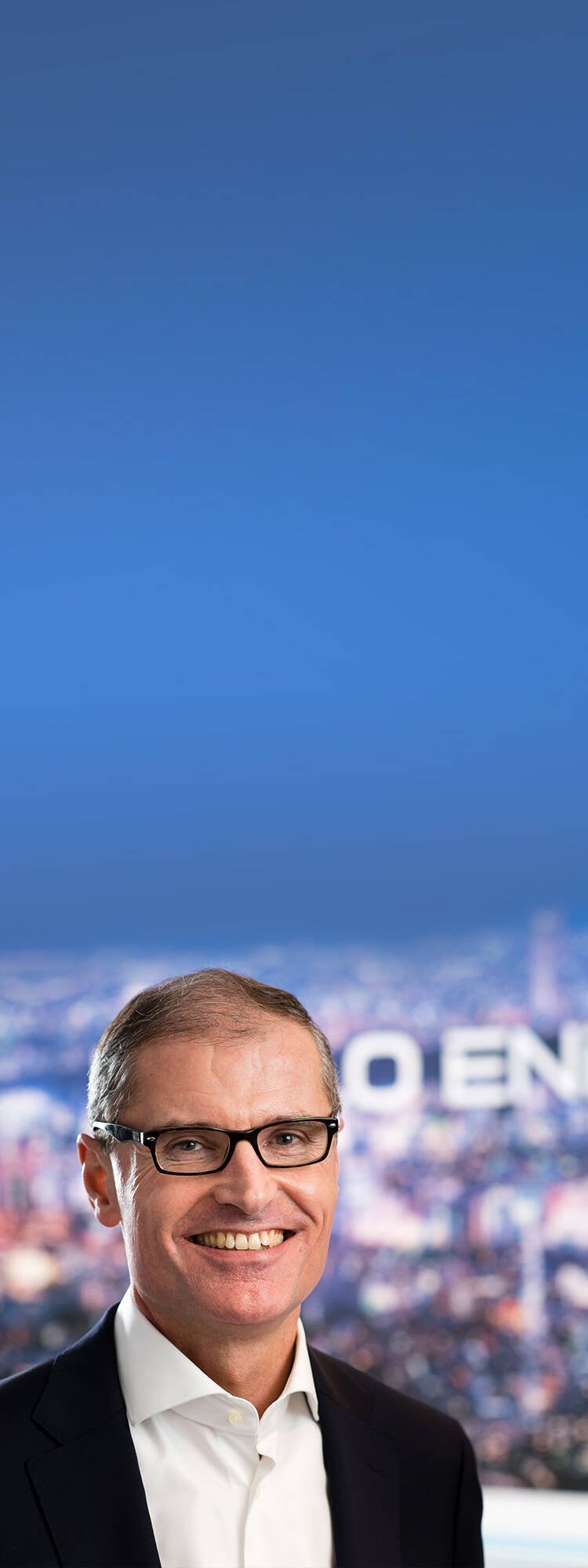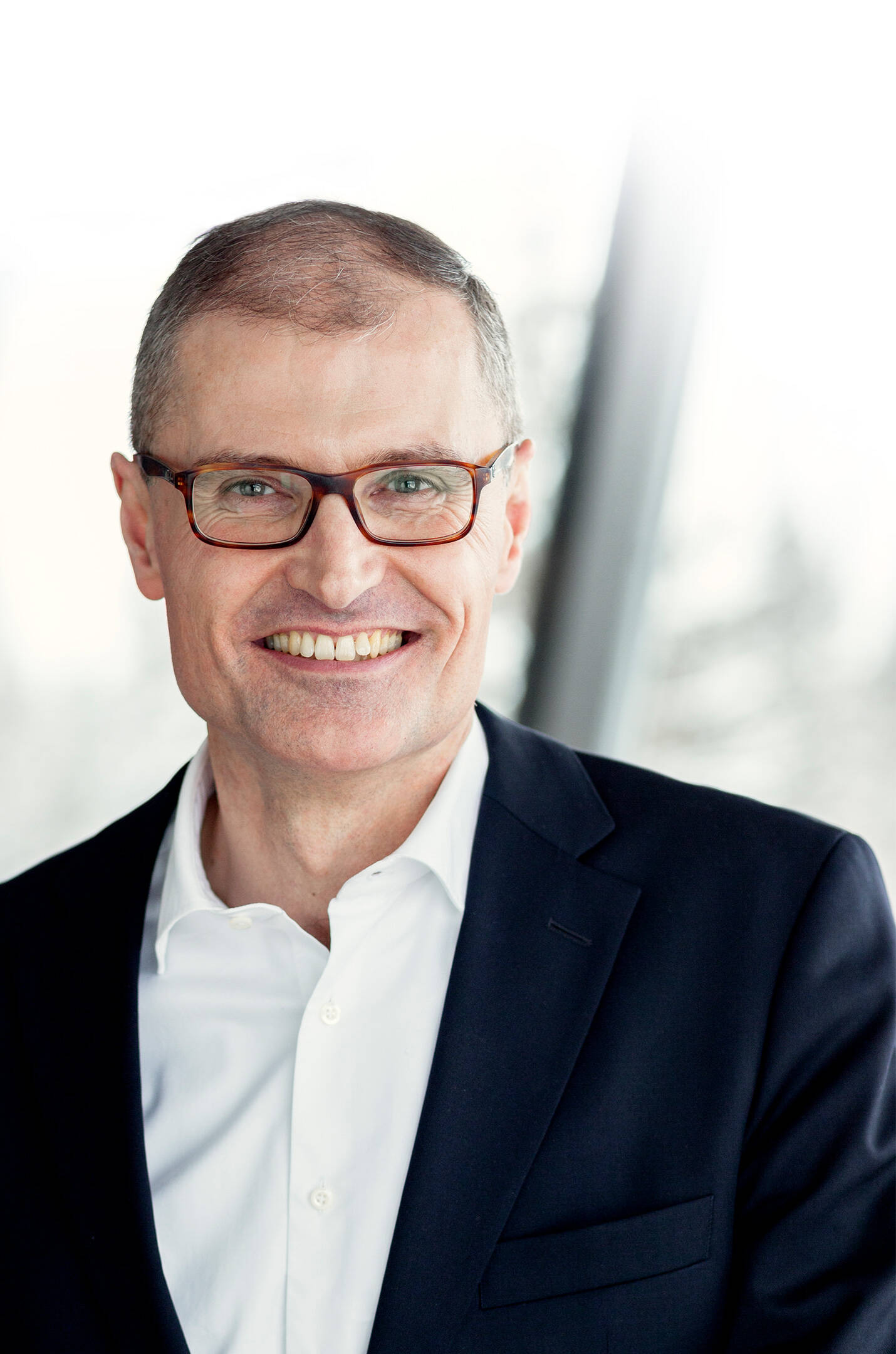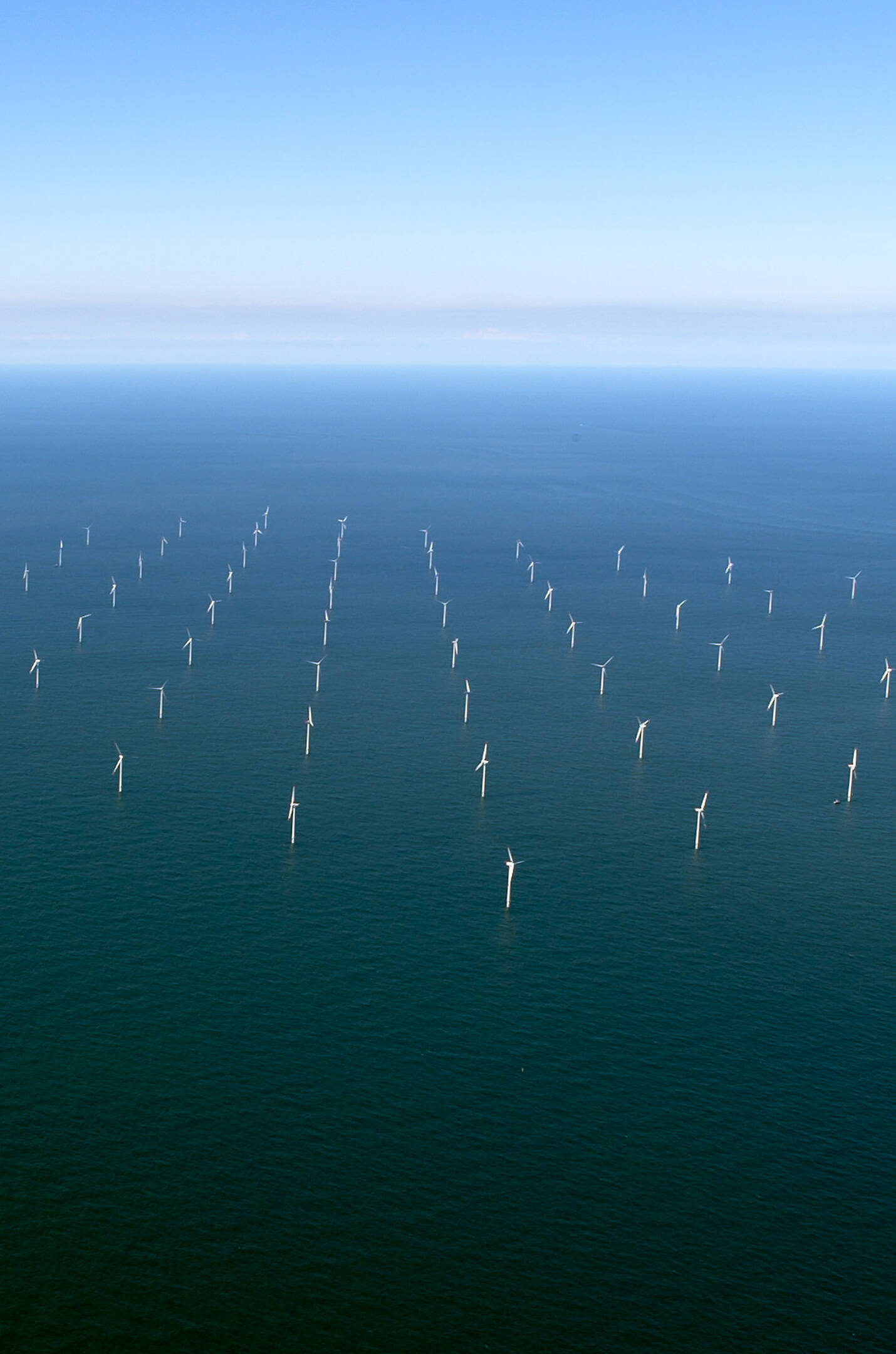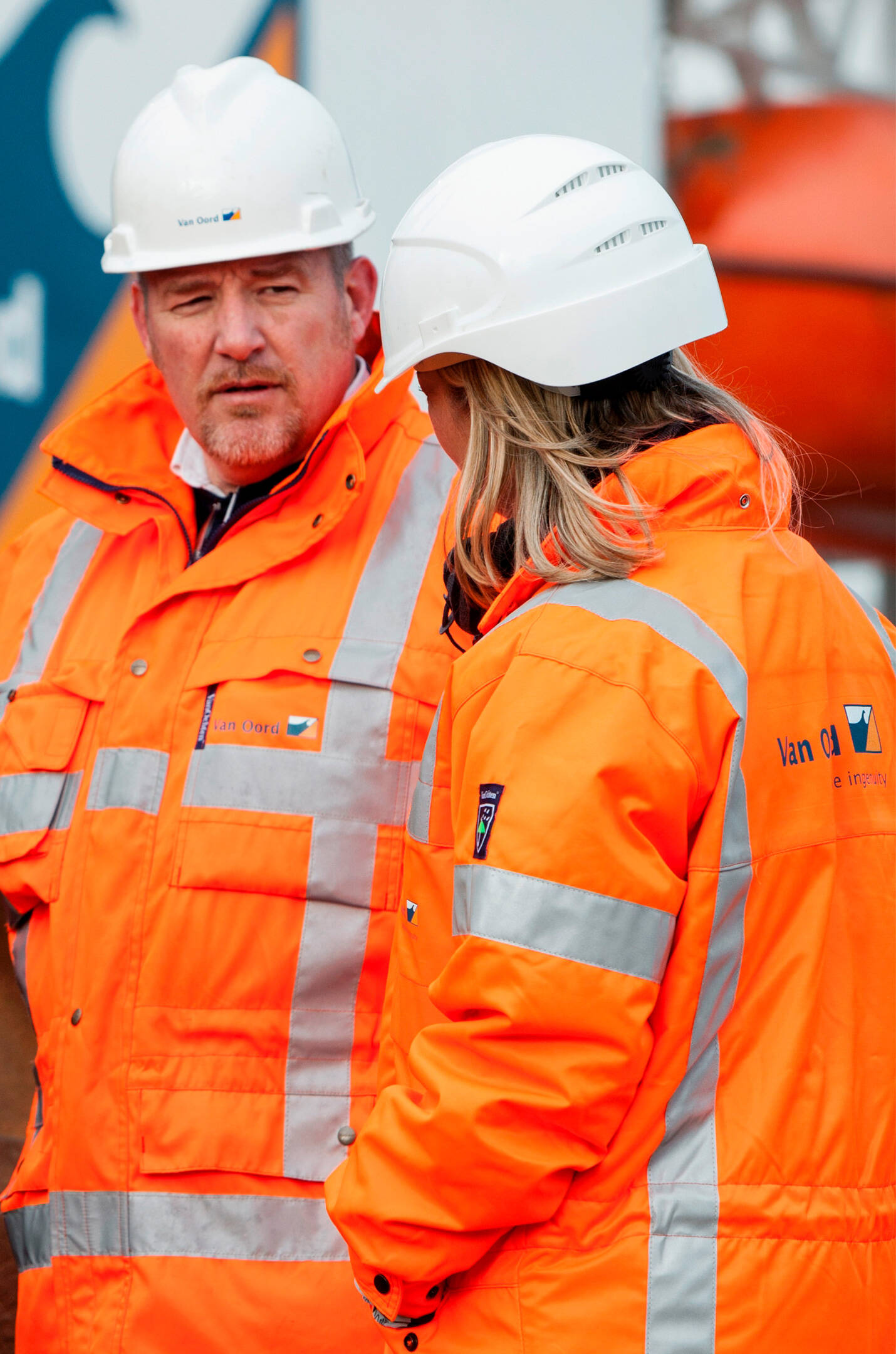Ditlev Engel
CEO DNV GL - Energy
A vast majority of climate scientists agree that we need to act rapidly to meet global climate targets. As the CEO of DNV GL - Energy, the world’s
largest independent energy advisory and
certification body, Ditlev Engel is supporting the industry in addressing the uncertainties and challenges of climate change.
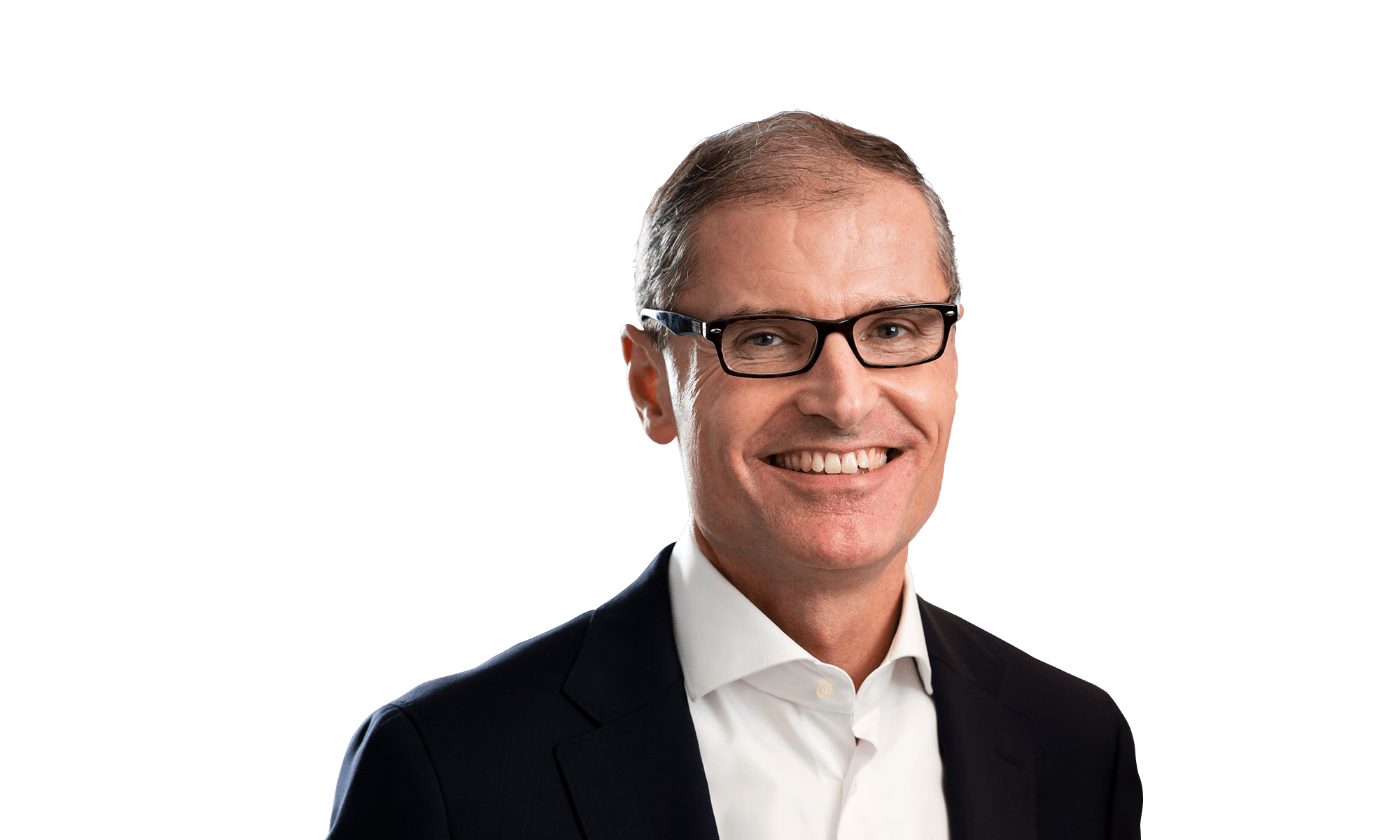

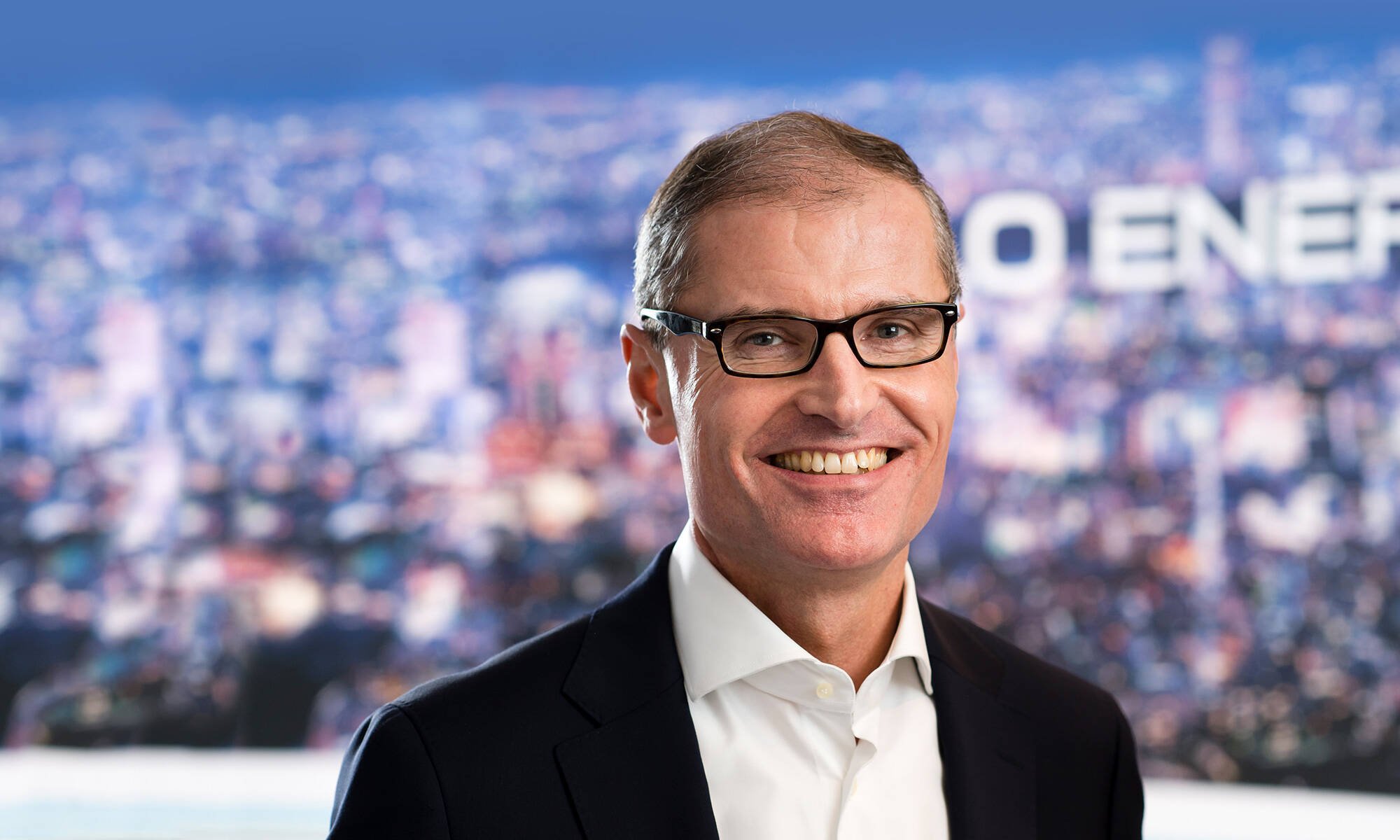

The pressure is on the maritime industry to decarbonise and continue to reduce emissions from shipping. The recently announced International Maritime Organization (IMO) strategy targets a 50% reduction in carbon emissions by 2050. This is an ambitious target for which we do not yet have available solutions. Some companies are leading the way by exploring more efficient ship designs, better ship utilisation, and the use of lower carbon alternative fuels. Together with Van Oord, we try to bring LNG powered vessels further. DNV GL by providing technical and financial decision-making, Van Oord by introducing the Werkendam and ordering LNG ready hoppers.
Wind turbines will not only increase in number but also in size. As wind turbines get bigger, the installation vessels must follow suit, and the assembly and installation routines must be adapted accordingly. This will see major opportunities arise for companies across the entire shipping supply chain, from installation to maintenance through to crew vessels.
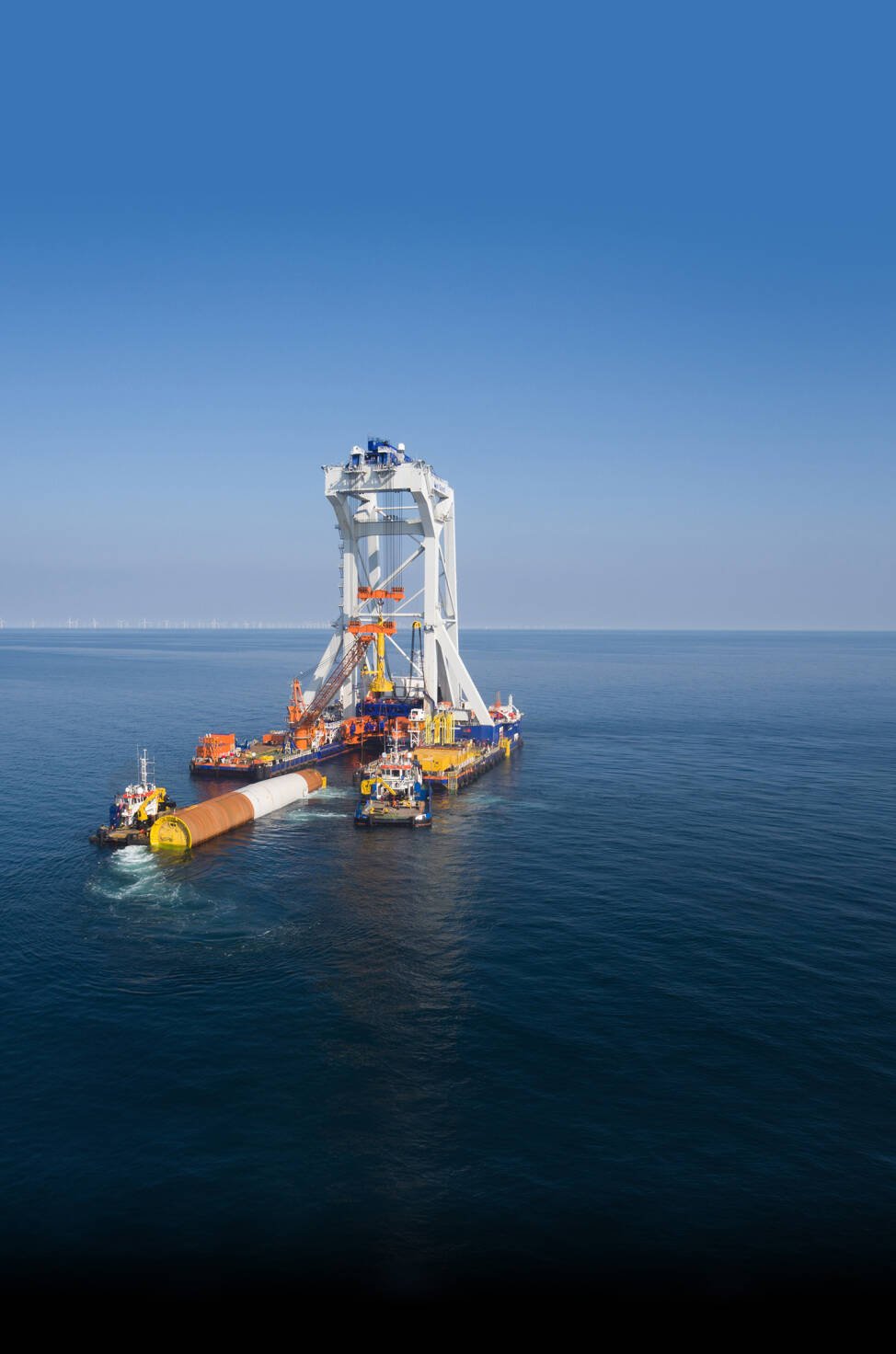

How will this new energy landscape affect the maritime industry?
Technology development and associated cost reductions are paving the way for the energy transition. We need a combination of even more renewables, carbon capture and energy efficiency, to combat climate change and meet the goals of the Paris Agreement. To enable the ramp up of those measures, innovation has a huge role to play.
One such innovation is digitalisation. Digitalisation allows for higher asset utilisation, improved energy efficiency, and the ability to implement new business models, such as demand response. Automation will also be crucial to increase energy efficiency in manufacturing processes, as well as in the design and operation of buildings, and to unlock the future potential of the transport sector.
As electricity consumption accelerates, innovation in individual renewable technologies will also be critical. Bottom-fixed and floating offshore wind farms will play an increasingly important role to ensure that the society can meet this demand. DNV GL and Van Oord both contribute to new advanced ideas for future energy infrastructures in the North Sea. Another fantastic example is the Windfloat Atlantic project that DNV GL has been involved in. This project consists of three 8.4MW MHI Vestas turbines, the largest and most powerful wind turbines ever installed on a floating foundation at sea.
What is the role of technological innovation in achieving this sustainable energy transition and meeting the goals of the Paris Agreement?
To accelerate the transition to renewable energy, markets need to adapt at the same pace as technology development. Delivering the high fraction of renewables forecast will require major regulatory intervention. Regulators and politicians need to re-think, re-shape and take major policy decisions about the changes needed to the electricity market fundamentals that are currently in place in many countries.
But it’s not just politicians and regulators who are responsible for bringing about the energy transition. All industries, private businesses and individuals have a role to play in the much-needed transition to a cleaner energy future. Both Van Oord and DNV GL are actively pursuing the acceleration of the energy transition in the Netherlands by working together in the Transition Coalition.
On a personal level, I was recently appointed Denmark’s special envoy for Climate and Energy by the Danish Government. As a pioneer in renewable energy, Denmark is ideally positioned to set an example and offer best practices to other countries in their transition to a clean energy future. Van Oord recently signed a contract for the transport and installation of the foundations for Kriegers Flak (Denmark’s largest wind farm) and has done the majority of the Baltic projects, therefore contributing to the renewable targets of Denmark.
What actions are necessary to accelerate the transition to renewable energy? Where should politics and policy be facilitating and what should be left to the industry?
Decades of rapid and extensive change lie ahead for the energy landscape. Over the next 30-years the world’s energy system will become cleaner, more affordable, and more reliable.
Our ETO forecasts that despite the peak in energy demand, electricity’s share of the total energy mix is expected to more than double to 45% in 2050. This is driven by substantial electrification in the buildings, manufacturing and transport sectors, where for example the uptake of electric vehicles will escalate rapidly, with 50% of all new cars sold in 2027 in Europe expected to be electric.
The surge in global electricity production will be powered by renewable sources accounting for an estimated 80% of global electricity production in 2050. The cost of wind energy has fallen sharply across Europe in recent years and as the cost for wind continues to fall, the future looks favourable. Wind will represent about 16% of world primary energy supply and 29% of the electricity mix by 2050. Onshore wind will dominate, but offshore wind’s contribution will grow more noticeably closer to mid-century, reaching about 20% of total wind production by 2050.
How do you see the energy landscape in 2050?
In what way will it be different from that of today?
Approximately 70% of DNV GL’s business is related to energy in one form or another, whether it is wind, solar, grids, oil & gas or ships. Therefore, we are acutely aware of the profound changes currently shaping the energy landscape. We have used our deep expertise to create an independent model which tracks and forecasts the energy transition from fossil, to renewable energy, grids and end use. Unlike many other outlooks, the Energy Transition Outlook (ETO) doesn’t present different scenarios but instead is a real forecast based upon the future costs of technologies. It presents the most likely energy future for ten regions in the world, which differ significantly.
One of the key findings that differentiates our outlook, is our prediction that energy demand will peak in the mid-2030s, even though the global economy and population continues to grow. This is a very distinct characteristic, not seen since the dawn of the industrial revolution. The turn from growth to reduction of energy demand may well cause abundance in supply, leading to increased competition in the energy industry.
Recently, DNV GL launched the second edition of its Energy Transition Outlook. What is the idea behind this initiative and how does it compare with other existing outlooks?

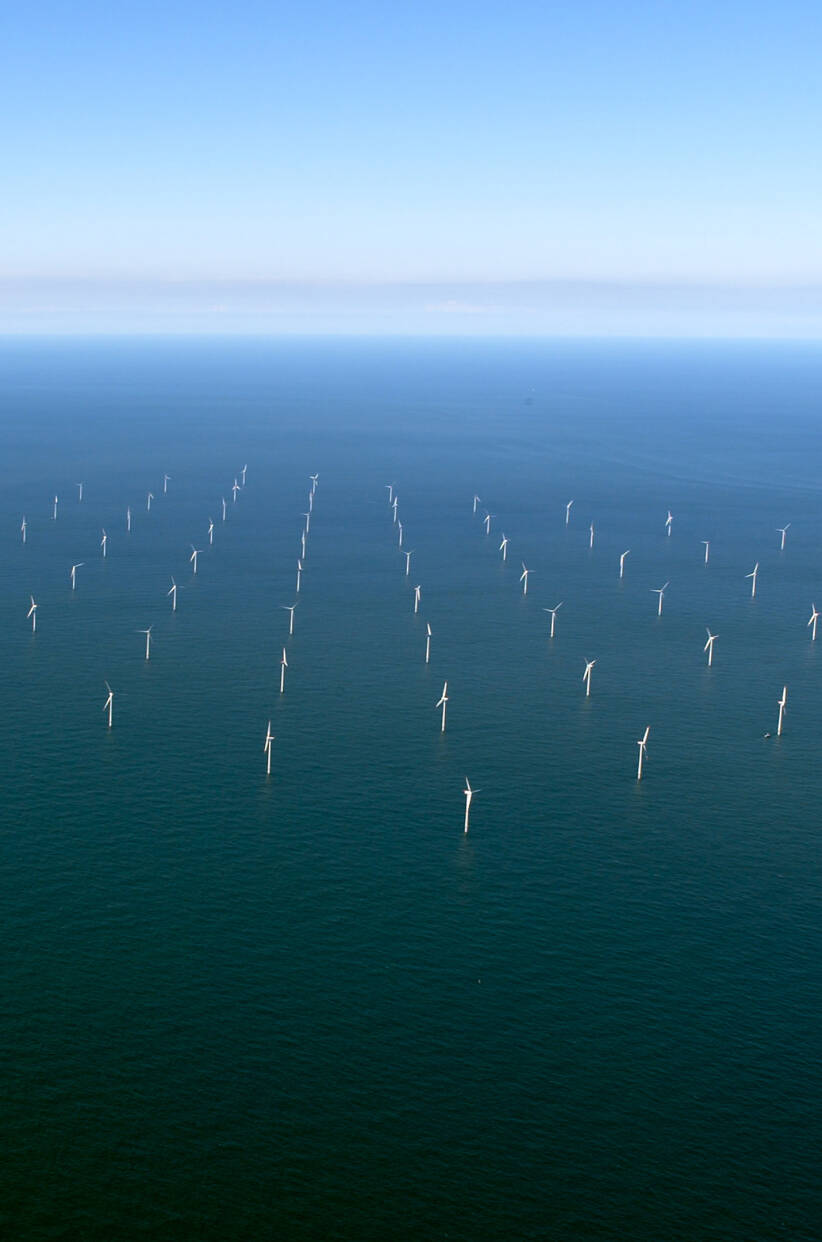
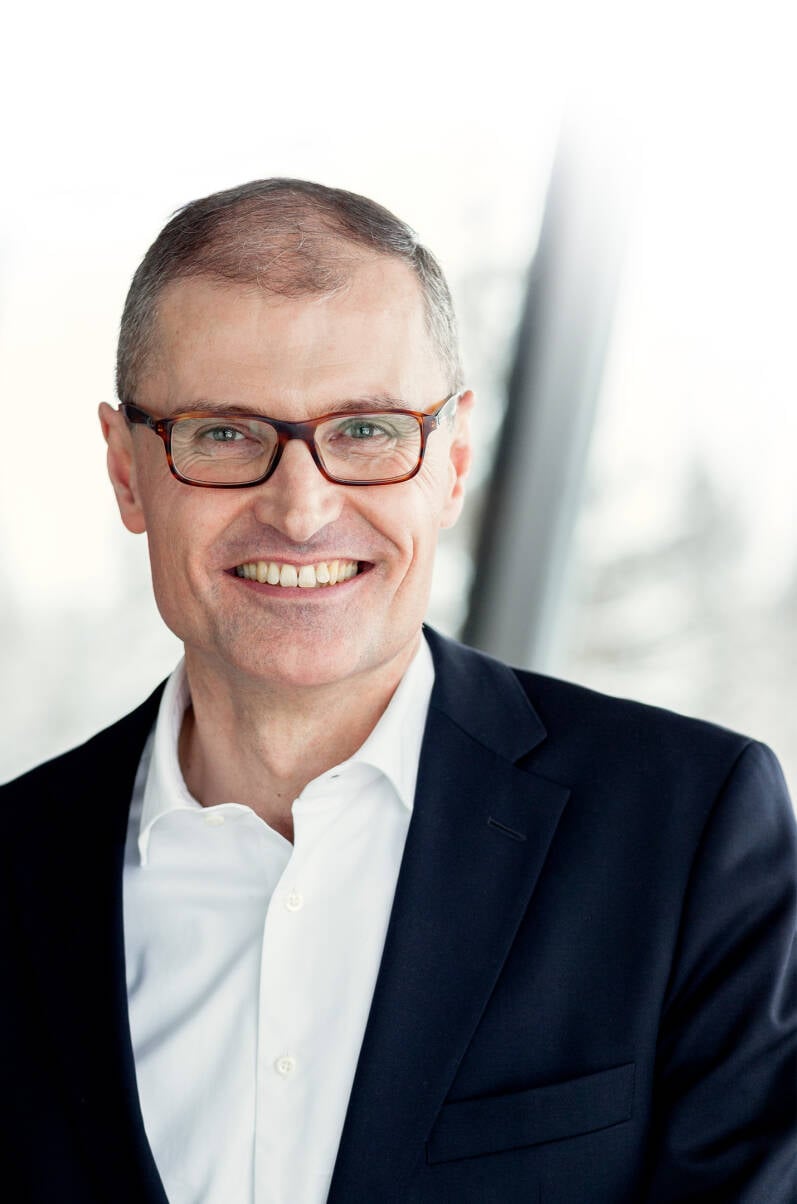
A vast majority of climate scientists agree that we need to act rapidly to meet global climate targets. As the CEO of DNV GL - Energy, the world’s
largest independent energy advisory and certification body, Ditlev Engel is supporting the industry in addressing the uncertainties and challenges of climate change.
